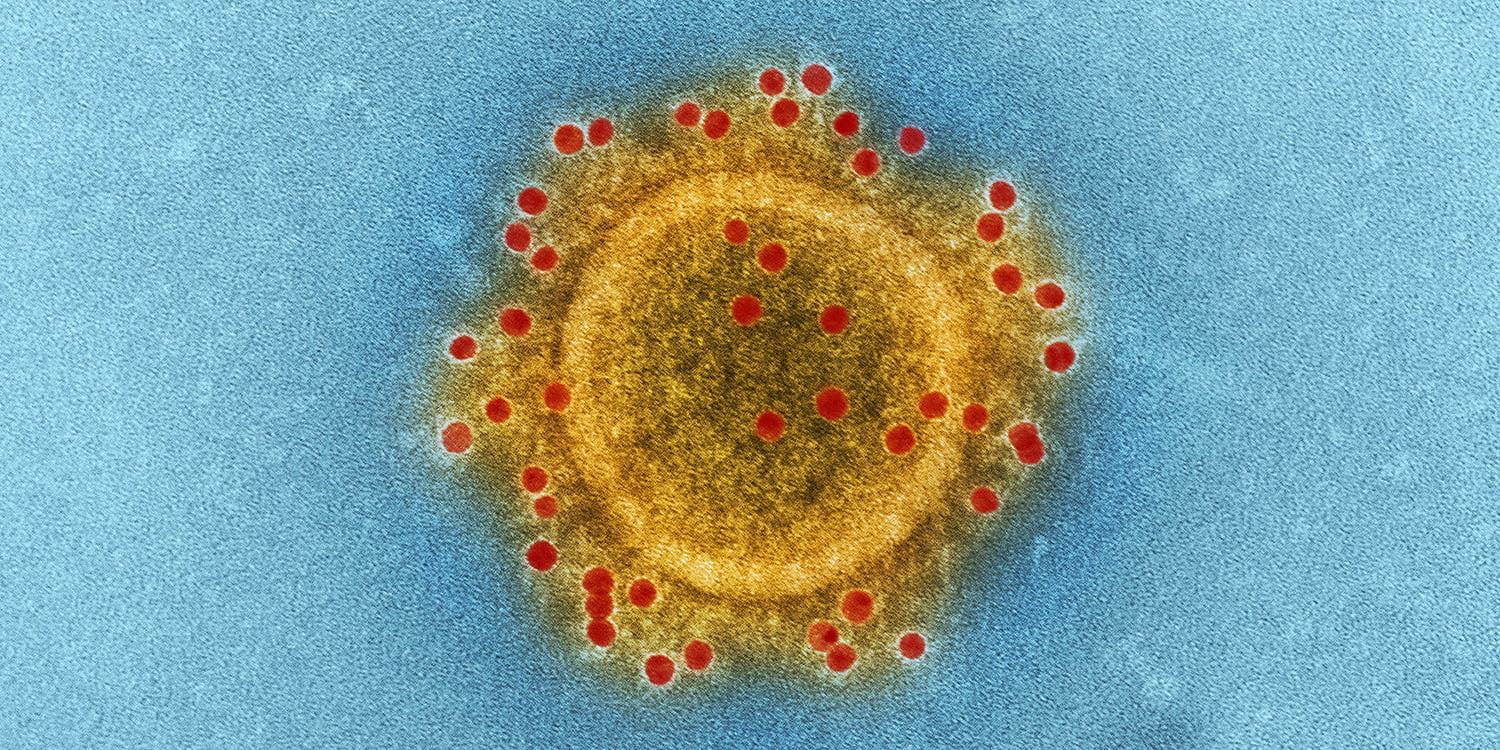
Bacterias and pathogens on nitrile gloves can pose a significant threat to healthcare workers, patients, and you. Nitrile gloves are widely used in various medical and food settings and are designed to create a barrier to prevent cross-contamination from viruses and bacteria. However, if the gloves are contaminated before use, the patient or the food you treat can become infected. To ensure that the gloves are effective, it is essential to understand the term “bioburden” and the risks associated with the presence of bioburden in and on gloves. This article will explore the different types of bioburden, the risks associated with their presence in nitrile gloves, the regulations for bioburden in gloves, and how to test for bioburden.
What is bioburden?
Bioburden is the amount of microbial contamination on a medical device or material. The most common types of bioburden are bacteria, fungi, and viruses, but it can also include other microorganisms, such as prions and protozoa. When bioburden is present on a medical device or material, it can lead to the growth and spread of infectious agents, which can cause serious health risks to healthcare workers and patients.
Different types of bioburden
The bioburden types found in nitrile gloves can vary depending on the factory environment and the environment in which the gloves are used. The most common types of bioburden include bacteria, fungi, viruses, and molds. Bacteria can be present in the form of aerobic, anaerobic, or facultative bacteria. Fungi can include yeasts and molds. When bioburden is present, it can lead to the growth and spread of pathogens. This is because the gloves provide a conducive environment for the growth of microorganisms, as the gloves and their packaging can trap moisture during storage and shipping and create an ideal environment for the growth of microorganisms.
What are the risks associated with bioburden in nitrile gloves?
The presence of bioburden in nitrile gloves can lead to a number of severe health risks. Additionally, the presence of bioburden can also lead to allergies and irritation, as the presence of microorganisms can lead to the production of substances that can cause an allergic reaction or irritation to the skin.
In addition to the health risks associated with bioburden, the presence of bioburden can also lead to a decrease in the effectiveness of the gloves. This is because the presence of bioburden can reduce the ability of the gloves to provide a barrier between the wearer and any hazardous materials.
Regulations for bioburden in nitrile gloves
The lack of regulations for the acceptable level of bioburden in non-sterile nitrile gloves can result in varying levels of microorganisms present on the gloves, even if they are marketed as food-safe or medical-grade. Eagle Protect from New Zealand has tested a wide range of different gloves and written an excellent article showing that some gloves were found with a bioburden of more than a 1.000 CFU/glove, more 10x higher than the recommended safe-level.
How to test for bioburden
Nitrile gloves are tested for bioburden using ISO 11737 Part 1 to estimate the population of microorganisms in/on the gloves. This standard provides guidelines for the testing and evaluation of medical devices, including nitrile gloves, to determine the level of bioburden present. The standard specifies the methods used to recover, cultivate, and enumerate microorganisms from nitrile gloves and other medical products. The methods described in the standard are designed to provide a consistent and accurate evaluation of bioburden levels and to ensure that nitrile gloves and other medical products meet acceptable standards for safety and quality.
Accepted level of bioburden
A widely accepted level of bioburden in nitrile gloves is 100 Colony Forming Units (CFU) per glove. This level is considered to be an acceptable level of bioburden, but it is important to note that the lower the bioburden level, the better. However, it is not uncommon to find nitrile gloves with higher levels of bioburden in the market, as there are currently no regulations for the acceptable level of bioburden in non-sterile gloves. To ensure that our clients have access to clean and safe gloves, we test every single batch of gloves for bioburden. This rigorous testing process ensures that our clients can trust that they are purchasing nitrile gloves with the lowest possible bioburden levels, reducing the risk of cross-contamination and ensuring the safety of patients and consumers. The importance of proper testing and validation of nitrile gloves cannot be overstated, and Eastwest Medico is dedicated to providing our clients with high-quality, safe products.
Conclusion
In conclusion, bioburden in nitrile gloves can pose a significant threat to healthcare workers, patients, and you. The presence of bioburden can lead to the spread of infectious agents and reduce the effectiveness of the gloves. The lack of regulations for the acceptable level of bioburden in non-sterile nitrile gloves has led to varying levels of bioburden, even in gloves marketed as food-safe or medical-grade. The importance of testing for bioburden cannot be overstated, and Eastwest Medico takes this issue seriously by testing every batch of gloves to ensure that clients are purchasing low-bioburden gloves, reducing the risk of cross-contamination and ensuring the safety of patients and consumers. It is essential for the industry to continue raising awareness about bioburden in nitrile gloves and to develop regulations to ensure that gloves meet the highest safety and quality standards.
